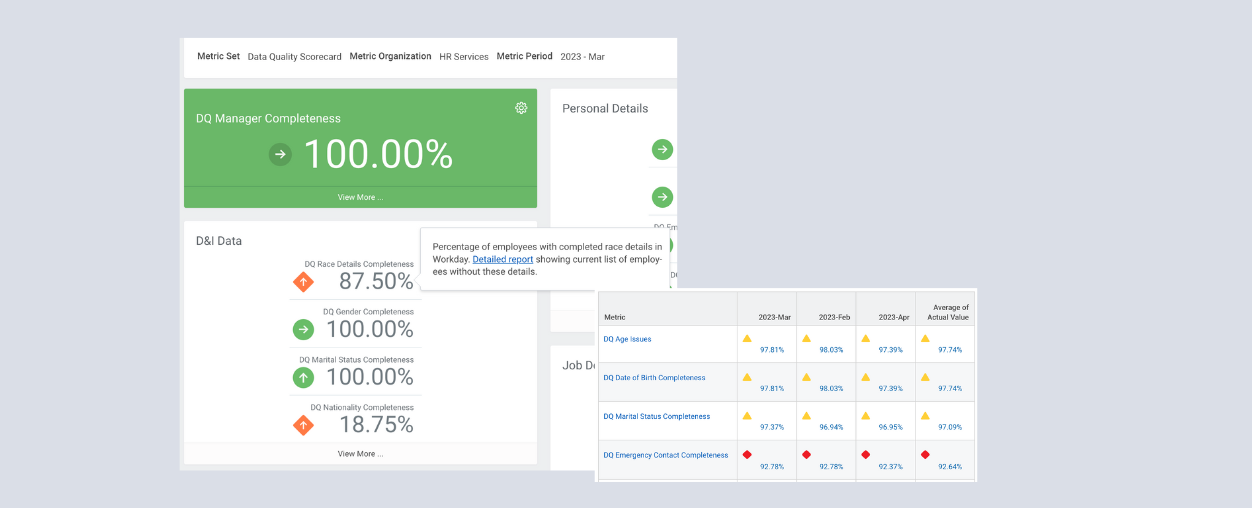Why Workday Docs is going to knock your socks off
Anyone who knows me (at least in a work capacity) knows that I love Workday Recruiting, not just because it was the love affair that steered my career path into the wonderful world of Workday, but because it’s constantly evolving in response to organisation’s needs and recruiting trends. Each bi-annual Workday release brings with it a whole host of new Recruiting functionality, a lot of which is in response to brainstorms and customer feedback.
#SponsoredAd? No, my passion for this module is unconditional. But that’s not to stay there haven’t been bumps along the way, the course of true love never did run smooth and all that. One particularly large bump in the road has been Document Generation Templates, and the limitations with the functionality.
It has been a sore point in almost all Recruiting implementations I’ve been involved in. Customers would come to design sessions prepared with their requirements, ‘Can we include tables of information?’, ‘The text in these documents must be in dual language, side by side in columns.’, ‘We need to add in text indentations and page breaks at specific points.’ I would, rather apologetically, explain the limitations and discuss potential workarounds and other options, such as BIRT.
But now, since the 2021 R2 release, I am delighted to say that the answer to those requirements is – YES!

Ready to have your socks knocked off? Then let me introduce you to Workday Docs for Offer Letters and Employment Agreements.

The Workday Docs UI provides an immersive, document level view experience for creating and editing document templates that is reflective of Microsoft Word and Google Docs. With the new document level editor, you can insert data fields, tables, images, and other content; manage condition rules; create and edit built-in headers and footers, all from one place and preview as you build to make real-time amendments.
The holistic preview is also available during the Review Document step within a business process and allows users to adjust formatting and page breaks as required, due to changes made to the document content.

To get started with Workday Docs you will need to:
- Set up security groups and policies for the existing Drive security domain, as well as for the new Docs security domain, whether that be Recruiter, Recruiting Administrator, or a newly created Segment-based Security Group specifically to manage Docs templates

- Navigate to the Edit Tenant Setup – System task and add the DWXF file type as a supported type

- Access Drive to create a new document template, this is where the magic happens… but more about that later


If you have not setup Drive, reach out to info@3plusconsulting.co.uk for information on how to set this feature up.
- Publish your template so that it can be used

- Update your Offer and Employment Agreement business processes so that the generate document steps use your newly created templates

Then you are all set to go!

But wait, I said something about magic, so let’s review those configuration requirements mentioned earlier.
- Can we include tables? Yes, you can:

- The text in these documents must be in dual language, side by side in columns. Here you go:

*Note: this was created using a table, which can be set to have no borders so that they do not display in PDF view.
- We need to add in text indentations and page breaks at specific points. Well, check out these formatting options:

Plus, there’s more great news – Workday Docs supports both DocuSign and Adobe e-sign. Magical.
Anything else you should know?
You know how in adverts they put the T&Cs in fine print at the end, presumably in the hope that nobody is paying attention by that point? Well, let’s not shy away from the fine print as there are a couple of important considerations to note:
- Although Workday Docs is available to all customers in Workday datacentres, it is not yet supported in AWS datacentres
- This feature is only available for recruiting documents (offer letters and employment agreements) at present, but Workday plan on supporting other use cases in the future

So, what next?
If you are a Workday customer who has previously not utilised document generation for offer letters and employment agreements, now is the time to consider taking the plunge and using Workday for document generation. In so doing you will also have the added bonus of using less paper and saving trees #savetheplanet.
If you are a Workday customer who has some documents configured, but you’ve been frustrated with the limitations or have workarounds in place and you are unable to generate documents for all recruiting use cases, now is the time to consider moving over to using Workday docs. Unfortunately, there is no conversion option available, so new templates would need to be built, but at least you have a starting point with your existing text blocks and templates.
Finally, if you need support with configuration or want to have a conversation about how great Workday Recruiting is your organisation could make the most of this feature, please do reach out to me (mrussell@3plusconsulting.co.uk). I am more than happy to help.



